In summer, the activity of the sun's rays increases significantly, which leads to the appearance of a natural tan. However, office employees exposed to the sun through a window, as well as almost all drivers, notice that the exposed areas of their skin darken and become less firm and elastic. The question arises: is it possible to tan while behind glass?
How skin tans
To give a full answer to the question about the possibility of getting a tan through a window, you need to understand what causes darkening of the skin.
Essentially, tanning is the body's response to exposure to ultraviolet radiation. In the basal layer of the epidermis there are melanocyte cells with a multifaceted body and characteristic processes. When the skin is exposed to direct sunlight, melanocytes synthesize the black-brown pigment melanin, which inhibits the penetration of damaging UV radiation.
Through their processes, they transmit melanin granules to other cells - keratinocytes, which originate in the deep layers of the skin and then gradually move to its outer surface. At the same time, they move melanin along with them. The epidermis contains a large amount of melanin, and the skin becomes darker. Over time, the stratum corneum peels off, and with it the melanin granules are eliminated. Accordingly, the skin turns pale again.
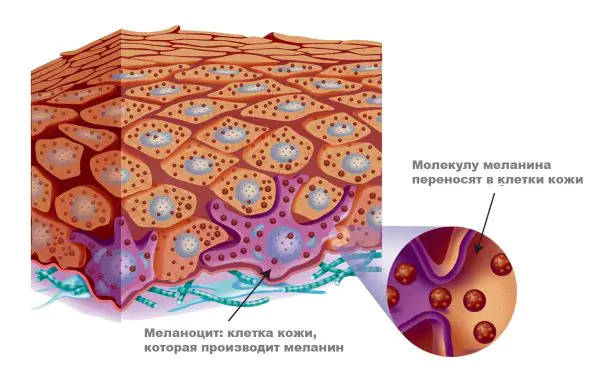
Composition of ultraviolet radiation
The ultraviolet spectrum of sunlight consists of three types of rays. This:
- UVA - long-wave radiation (315–400 nm);
- UVB radiation, which has an average wavelength of 280–315 nm;
- UVC - short-wave radiation (100–280 nm).
But it turns out that not all types of UV rays cause tanning.
UVA radiation easily passes through all atmospheric layers of the earth's surface. In addition, car or window glass is not an obstacle for it, i.e. UVA rays fall on the skin of a person indoors or in a car. Due to their long wavelength, they penetrate into the deep layers of the skin. However, this radiation is considered the safest for the skin. It does not provoke her reaction and, accordingly, does not activate the production of melanin. Therefore, UVA rays do not cause tanning as such. The skin can only darken slightly under this ultraviolet radiation, and only if it is exposed to it for a sufficiently long time.
When exposed to UVB radiation, the skin surface begins to intensively produce melanin. Consequently, the skin gradually darkens, i.e. tans. If UVB rays are high intensity and/or exposed to the skin for a long time, it can cause burns because the amount of melanin produced may not be enough to filter the UV radiation.
It should be noted that UVB rays can penetrate glass no thicker than 0.1 mm. They do not pass through ordinary window or car glass.
The most harmful to all living things is UVC radiation, which provokes serious changes in DNA. But fortunately, it is almost completely retained by the Earth's ozone layer. Humanity has managed to adapt the destructive properties of this type of ultraviolet rays for its own purposes. UVC radiation is artificially generated in special bactericidal lamps and is used to combat viruses and bacteria in the atmosphere and on various surfaces.
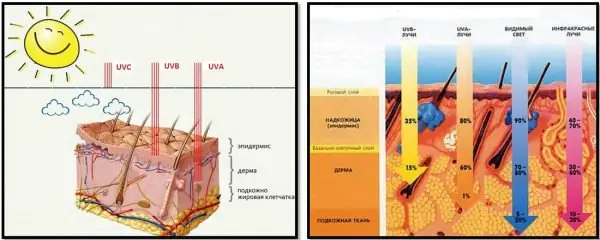
Is it possible to get tanned through car glass and house windows?
The main cause of tanning is UVB rays. However, you cannot tan through ordinary car or window glass, since they do not transmit UVB radiation.
Then the question logically arises, why do many professional drivers often experience darkening of the side of their face that faces the side window of the car?
If you take a closer look at the driver’s face, you will notice that on one half of the face not only the skin color changes, but also a network of deep wrinkles appears. The fact is that exposure to UVA rays that can penetrate glass causes photoaging of the skin, which is expressed in loss of tone, the appearance of dryness, sagging and lethargy, as well as changes in the shade of the skin. Therefore, it is difficult to call it a tan.
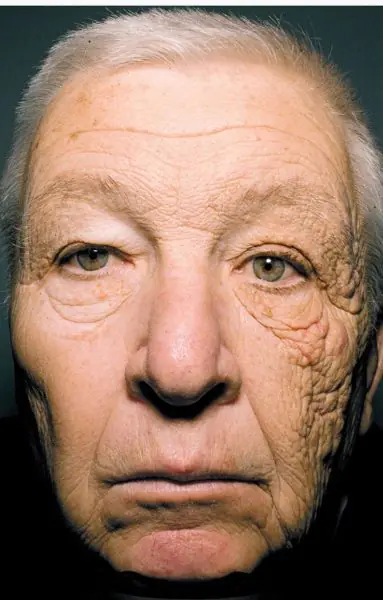
In addition, research has shown that there is a small chance that UVA radiation can provoke changes in DNA. Therefore, when you are in a car cabin or behind a large glass in an office through which the sun's rays enter, your skin must be protected from the sun! To do this you should:
- use curtains or blinds;
- apply creams with sun protection factor.
It is impossible to tan through window glass - it almost completely blocks ultraviolet B rays (which are responsible for tanning). However, glass transmits type A UV rays - they cause photoaging of the skin and atrophy of subcutaneous adipose tissue. It is no coincidence that drivers whose faces are exposed to the sun on only one side develop asymmetrical wrinkles on their faces. Therefore, you need to protect yourself from the sun that shines through the glass - with curtains or blinds.
Sergey Shustov, PhD, dermatologist-oncologist, Institute of Plastic Surgery and Cosmetology
http://www.aif.ru/dontknows/actual/mozhno_li_zagoret_cherez_steklo
Which glasses allow all UV rays to pass through?
Some types of glass are capable of conducting not only long-wave ultraviolet rays, but also medium-wave radiation. These include:
- plexiglass (acrylic). Organic glass is a transparent plastic. Most often, acrylic glass is used in the manufacture of solariums;
- quartz glass. The material is absolutely transparent to the ultraviolet spectrum, i.e. it transmits UVA and UVB radiation by 100%. This property allows the use of quartz glass plates in solar and bactericidal lamps for disinfecting premises. In laboratories and medical institutions, as well as in some children's institutions, the quartz procedure is often used.
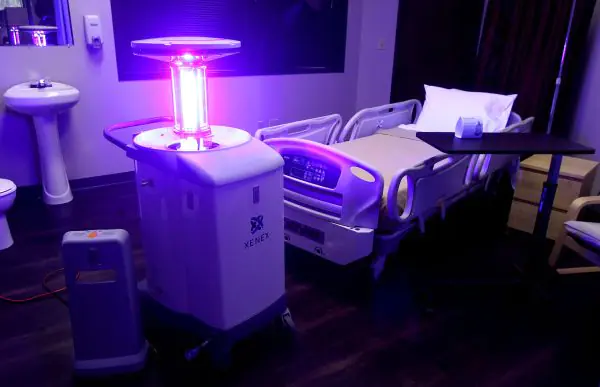
Reviews on the topic
Well, let's still separate the flies from the cutlets! Do not confuse tanning with the so-called. "driver's tan" from the open driver's window! With a “driver’s tan,” the left half of the face and the left arm up to the elbow tan (from the rolled up sleeve!). Tanning through the windshield? My dears, I personally successfully tan my face starting in March, i.e., when the first miserable sun appears. The tan sticks to me, but through the windshield it’s absurd. “Volga,” you say... Then the sun should shine in your face constantly, i.e., be quite low above the horizon, therefore passing through a much larger layer of the atmosphere. The physics of the process has not yet been canceled.
Leonidych
https://www.bmwclub.ru/threads/zagar-cherez-lobovoe-steklo.131198/
Tan through the glass, and even to the point of blackness. Rave. My second cousin used to sunbathe like this, the sun shines strongly through the window, it’s hot, she fucking lies down on the floor in front of the window and sunbathes. I was about 10 years old at the time, she was 14, but I already knew then that getting tanned through glass, unless it was quartz, was unlikely. She sunbathed like that for a week and still didn’t tan. And professional drivers get tanned because they drive with the window open all the time.
Rosmen
https://www.bmwclub.ru/threads/zagar-cherez-lobovoe-steklo.131198/page-2
Tanning, or rather the activation of the melanin production mechanism, is not caused by all UV rays, but only those lying in a very narrow frequency range. Then transmitting UV rays in some other range will still not lead to tanning. In fact, theoretically, you can tan through ordinary glass, since it remarkably transmits ultraviolet light - but only soft, so-called UVA - from 315 to 400 nm. True, the tanning mechanism for these rays is different (the so-called direct pigmentation, in which the reduced colorless form of melanin is oxidized), and it will take hundreds of times longer to tan!
Guest
http://www.detkityumen.ru/forum/thread/55739/?page=2
Car or window glass blocks UVB rays, which cause the skin to tan. Therefore, it is impossible to get a tan behind glass. However, there is a high probability of skin photoaging, which is a consequence of penetration of UVA radiation. Therefore, windows in a car or indoors must be curtained, and the skin must be treated with products with a sun protection factor to protect against the harmful effects of ultraviolet radiation.

Glass blocks ultraviolet rays, so you cannot tan through glass. To sunbathe, say, on a glassed-in loggia or balcony, you should open the frames slightly so that the sun's rays directly touch the person's skin, but you need to take into account that the April sun is quite aggressive.
Can. Tanning is caused by ultraviolet (invisible) light, the wavelength of which is less than 400 nm. Window glass allows such ultraviolet to pass through, but not all of it, but only the so-called “soft” ultraviolet (it is called the UV-A region). This is also invisible light and causes tanning, which is called "direct pigmentation." Its mechanism is different, and it will take a very long time to sunbathe. But it is impossible to get a skin burn.
If the glass is ordinary, but very carefully cleaned of impurities, then it will transmit ultraviolet radiation in the UV-B region - from 315 to 280 nm. Such ultraviolet radiation will cause a tan no worse than the sun, and may even cause burns. But glass will be much more expensive than regular glass used for glazing windows. And, of course, quartz glass transmits ultraviolet light well, even in the UV-C region, less than 280 nm.
The possibility of tanning also depends on the power of the ultraviolet source. For example, the sun in high latitudes (Murmansk, for example) produces almost no ultraviolet radiation. But you can use powerful mercury-quartz lamps. Because there was nothing in the question about the light source.

Tanning came into fashion in the last century and is still popular among fashionistas. How harmful or beneficial is tanning? How to sunbathe correctly to protect your skin from burns? Not everyone knows the answers to these questions. But the question is: is it possible to sunbathe through glass? - at first glance it seems quite simple. "Of course not!" - you say. However, why not? After all, the sun warms through glass, and there are different types of glass.

What is a tan and why does it appear?
Our sun releases energy in the form of light, heat and ultraviolet radiation. Ultraviolet rays, unlike visible light energy, are invisible and cannot be felt either, but they have a unique property - the ability to modify the chemical structure of matter and cells.
When ultraviolet radiation hits human skin, melanin is produced in its middle layer, the task of which is to control the influence of UV rays on the surface of the body.
Tanning is a protective reaction of the skin.
Melanin darkens under the influence of ultraviolet rays, acquiring a brown tint. And through this skin color, harmful rays cannot penetrate deep into the body and cause harm to it.
The skin's ability to produce melanin varies from person to person, depends on a person's genetics, and is often inherited. It happens that the skin is completely unable to produce melanin; for such people, exposure to the sun is contraindicated.
Ultraviolet radiation in small doses is necessary for the human body. Under the influence of ultraviolet radiation, the body produces vitamin D, which is especially necessary for children.
Before the skin gets a nice tan, it usually becomes inflamed and turns pink. With prolonged exposure to the sun, the skin can become very inflamed and a burn will appear on the body. It should be understood that prolonged exposure to the sun is very dangerous. Tanning needs to be achieved carefully, gradually, at a certain time, and the longer the better. Once your skin reaches the desired brown tone, sun exposure is safer.
Types of ultraviolet rays
Ultraviolet rays come in different lengths and, depending on this factor, are divided into three groups:
- Group A rays have a wavelength from 315 to 400 nanometers - they penetrate the atmosphere, glass, and penetrate the upper layer of human skin, but they almost do not reach the middle layer and therefore the tan almost does not stick with such rays.
- Group B rays - their length is from 280 to 315 nanometers - some of them do not pass through the ozone layer, they cannot penetrate glass, human skin is capable of reflecting 70% of such rays, 20% penetrate only into its very top layer, but the remaining 10% UVB rays are able to penetrate the middle layer of the skin and give the skin a tan.
- Group C rays – from 100 to 280 nanometers. Such rays are capable of destroying all living things, but they do not pass through the atmosphere.

Tanning through an apartment window - myth or reality
Is it possible to get tanned through window glass? Let's figure it out.
Only group A ultraviolet rays can pass through glass, which have a gentle effect on the skin, almost do not penetrate into its middle layer, as a result, melanin is not released and the skin does not darken.
Moreover, if a person is behind glass in his kitchen or glassed-in balcony, tanning through the glass is impossible. After all, group B rays are not able to penetrate ordinary window glass. Since we know that only under the influence of these rays does a tan appear on the human body, we can say with confidence that the tan does not fall through glass and it is impossible to tan through an ordinary window, except to warm up.
Conclusion: you cannot sunbathe through an apartment window or on a balcony.
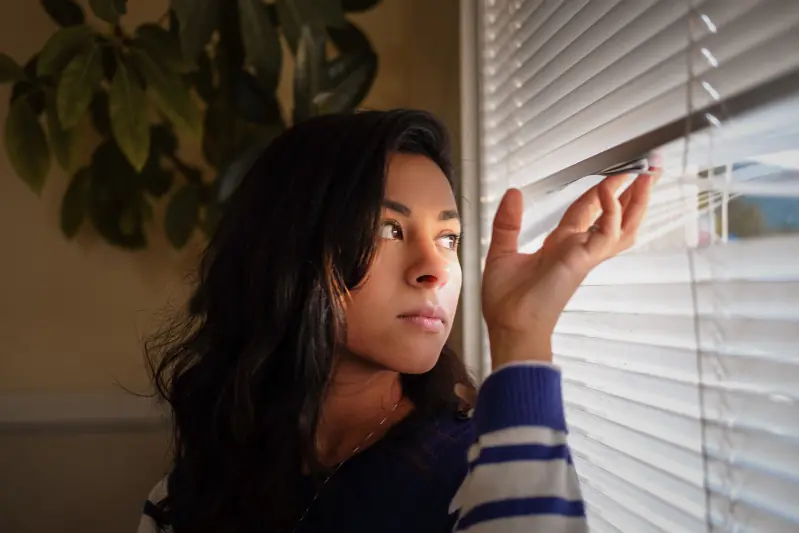
Car tan
Is it possible to get tanned through the windshield of a car while traveling or just sitting in the car?
Many motorists are sure that they sunbathe while driving for a long time, especially in the summer. The windshield of a car is made of the same material as windows in residential buildings. Group B ultraviolet rays are not able to penetrate car glass. It is possible that the A-rays that penetrate through it, with prolonged exposure to the skin, still fall under its top layer, causing a light tan, but this will probably take several tens of times more time than when human skin is exposed to rays -IN.
That is, theoretically, only truck drivers who drive all day long will be able to get a tan.
Conclusion: it is IMPOSSIBLE to tan through the glass of a car window.
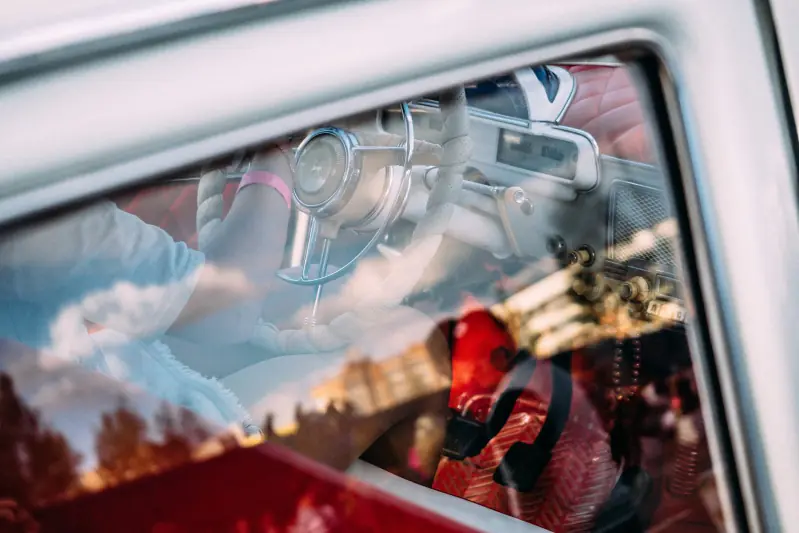
Tanning through organic and quartz glass
Is it possible to tan through organic and quartz glass?
It should be noted that there are different types of glass and among them there are those that transmit infrared rays of all groups. For example, some types of organic glass allow UV rays to pass through. Quartz glass also transmits ultraviolet waves, which is why quartz glass is used in lamps intended for quartzing rooms.
Conclusion: you can get sunburned through a glass window, but it all depends on the glass itself.

Whether the skin tans through glass or not, the answer is clear - you cannot tan unless through certain glasses.



